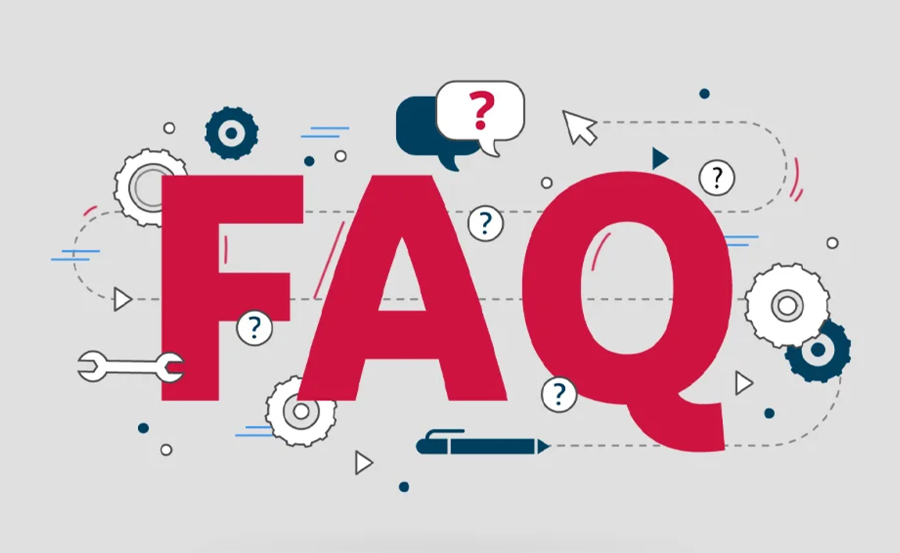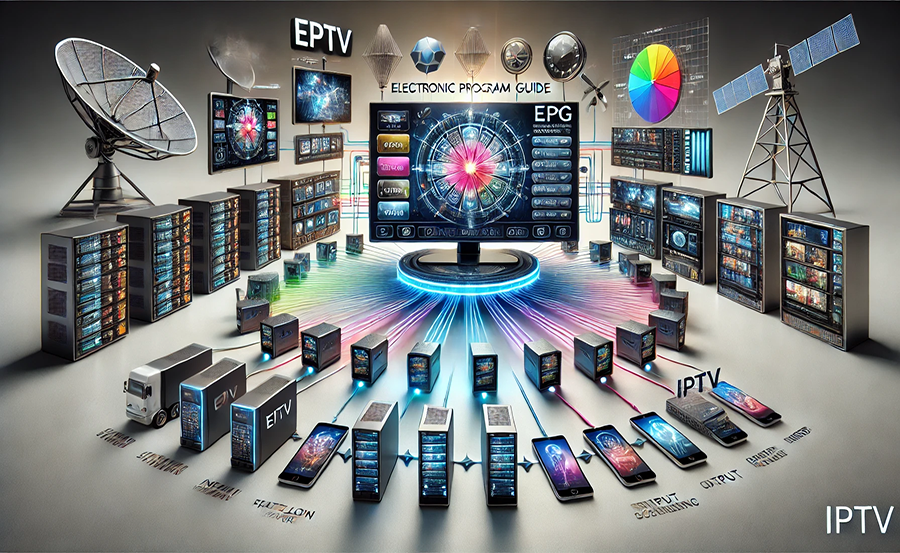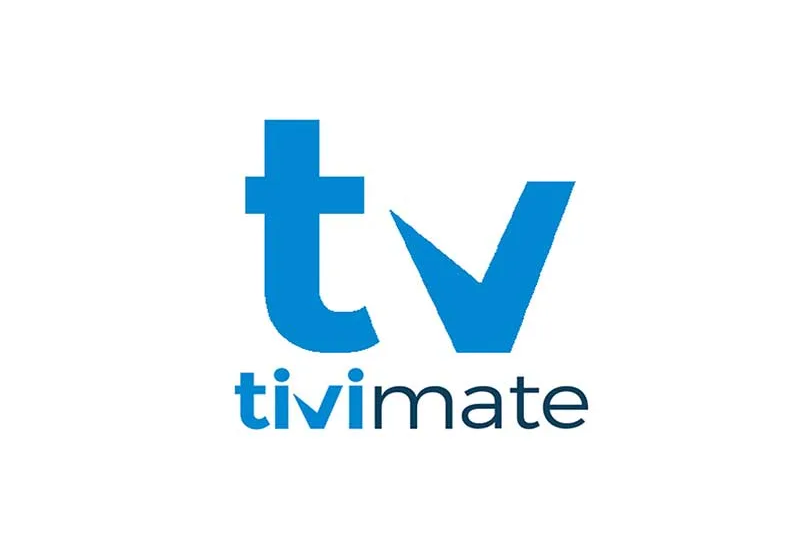In today’s fast-paced world, the demand for seamless and efficient television broadcasting is at an all-time high. Whether you’re tuning in to international channels or exploring IPTV options, electronic program guides (EPGs) play a crucial role in enhancing the viewing experience. But how do these systems manage to deliver the vast amount of broadcast data in such an efficient manner? The secret lies in the sophisticated technology of data compression. In this article, we’ll unravel the intricacies of how EPG works and how data compression serves as a backbone for efficient delivery.
Buy 1 Year IPTV Subscription and Enjoy Unlimited Content
Understanding the Basics of EPG
What is an Electronic Program Guide (EPG)?
At its core, an Electronic Program Guide, or EPG, is a digital listing that outlines what’s available to watch on TV. It’s akin to a modern-day TV schedule, but with interactive capabilities allowing viewers to browse, record, or even search for their favorite shows. EPGs have revolutionized how we interact with television services, providing a seamless bridge between broadcasters and viewers.
The primary function of an EPG is to simplify navigating through numerous channels and programs, which becomes especially important with services like Smarters IPTV that offer vast international channel selections. By mitigating the complexity of choice, EPGs enhance user experience and redefine IPTV watching experiences.
The Components of an EPG
An EPG typically comprises multiple components working in harmony to deliver an enriched user experience. These include:
- Program Listings: Detailed schedules outlining the time slots of various programs.
- Interactive Features: Functions like reminders, recording settings, and search options.
- Graphical User Interface (GUI): The visual elements that users interact with when accessing the guide.
These components are architected to work seamlessly together, ensuring that viewers have all the pertinent information at their fingertips without overwhelming them with unnecessary details.
The Role of Data Compression in EPG
Why Data Compression Matters
In the realm of digital broadcasting, data transmission efficiency is paramount. With a countless number of shows, channels, and associated metadata to transmit, uncompressed data would lead to unacceptable latency. This is where data compression steps in to save the day. By reducing the data size required to transmit information, compression ensures a smooth and efficient flow of data across networks.
For IPTV services offering international channels, managing bandwidth is crucial. Data compression helps in conserving bandwidth, allowing Smarters IPTV to deliver a wide variety of programming without buffering or quality loss.
How Compression Algorithms Work
Compression algorithms are the unsung heroes working behind the scenes in EPG systems. These algorithms apply mathematical techniques to reduce redundancy within data, enabling more data to be sent over networks quickly and efficiently. The two primary types of data compression are:
- Lossless Compression: This method reduces data size without compromising quality, allowing the original data to be perfectly reconstructed from the compressed data.
- Lossy Compression: Here, some data is discarded during compression, which significantly reduces file size but can slightly affect quality. This is more common in scenarios where a perfect reconstruction is non-essential.
By effectively leveraging these algorithms, EPGs optimize data flow, reducing latency and improving overall service quality for IPTV users.
Benefits of Effective Data Compression in EPGs
Seamless User Experience
A well-compressed EPG ensures that users can navigate program listings without delays. For IPTV users, particularly those tuning into international channels, the ability to quickly shift between different regions and time zones is crucial. Data compression facilitates this level of interactivity, paving the way for enhanced viewer engagement.
In scenarios where viewers are spoiled for choice, a fast and responsive EPG turns potential frustration into satisfaction, redefining your IPTV watching experience.
Cost Effectiveness
Data compression not only enhances performance but also reduces operational costs. By decreasing the required bandwidth, service providers can invest their resources into expanding offerings or improving existing services. This is particularly beneficial for Smarters IPTV and similar services, as they strive to outpace competitors and cater to a global audience.
Challenges in Implementing Data Compression
Balancing Quality and Efficiency
One of the inherent challenges with data compression is finding the perfect balance between quality and size. While lossy compression offers significant size reductions, it can impact quality—a crucial consideration for high-definition or live broadcasts. Thus, service providers must strategically choose their compression techniques based on the content type.
For instance, live sports broadcasts might prioritize quality over compressed size, whereas repeated sitcom episodes could afford some data loss to enhance transmission speed.
Technological Constraints
The computing power required to execute real-time compression and decompression can be taxing. Not all devices may support the level of processing needed for optimal performance. Additionally, the technology behind compression is ever-evolving, necessitating continuous updates and optimizations from IPTV providers to stay competitive and relevant.
Future Trends in EPG and Data Compression
The Emergence of AI and Machine Learning
The future of EPGs is geared towards personalization, with AI and machine learning playing pivotal roles. These technologies can predict viewer preferences, tailor recommendations, and even optimize data compression processes by analyzing patterns and usage habits, thus streamlining the user experience further.
AI-driven compression algorithms could potentially redefine how data is managed, making it more efficient and aligning with viewers’ evolving expectations.
Integration with IoT Devices
As smart homes become increasingly common, integrating EPG services with IoT devices could offer unprecedented levels of convenience. Imagine syncing your EPG across your smart TV, phone, and even your virtual assistant for a truly interconnected experience.
This integration could also enhance data compression methods, as understanding more about user environments allows services to tailor delivery methods effectively, ensuring you get what you want without a hitch.
FAQ Section

What exactly does EPG stand for and what is its primary function?
EPG stands for Electronic Program Guide. Its primary function is to provide users with a navigable TV schedule that includes interactive features for an enriched viewing experience.
How does data compression improve IPTV services?
Data compression improves IPTV services by reducing the size of transmitted data, thus optimizing bandwidth use and ensuring smoother and faster transmissions, especially important for high-data scenarios like international channels.
Can data compression affect the quality of broadcasts?
Yes, especially with lossy compression. While it significantly reduces data size, it can lead to a loss in quality, which is why it’s crucial to balance compression techniques based on the content type being broadcast.
What advancements are expected in EPG technology?
Future advancements in EPG technology include the integration of AI and machine learning for personalized user experiences and better data management, along with increased interoperability with IoT devices for seamless connectivity.
Why is data compression more critical for competitive IPTV services like Smarters IPTV?
For services like Smarters IPTV, offering a wide variety of channels and content, data compression is vital for maintaining service quality while conserving bandwidth, which helps in providing a competitive edge in the market.
How do compression algorithms maintain efficiency?
Compression algorithms maintain efficiency by systematically reducing data redundancies, ensuring only essential information is transmitted, thereby optimizing data flow and minimizing latency.
What role does AI play in enhancing EPG functionality?
AI enhances EPG functionality by enabling personalized content recommendations, optimizing data management processes, and predicting user preferences for a tailored viewing experience.
what is Kodi and How can install?





